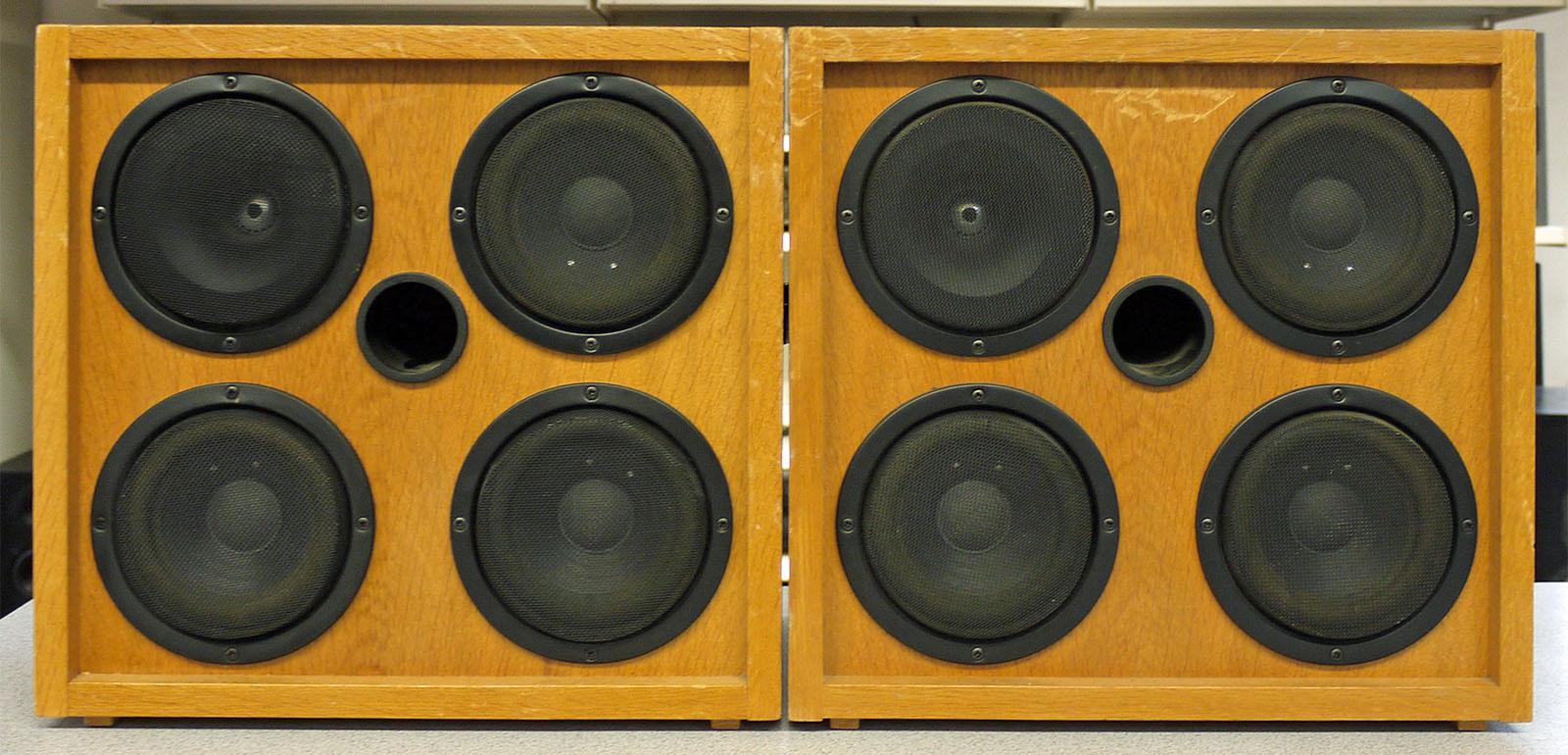The Importance of ‘It’s’ in English Language

Introduction to ‘It’s’
The contraction ‘it’s’ stands for ‘it is’ or ‘it has’ and is commonly used in contemporary English. Understanding and using this contraction correctly is crucial as it plays a significant role in both spoken and written language. Misusing ‘it’s’ (as a replacement for the possessive ‘its’) can lead to misunderstanding and negatively impact the clarity of communication.
Common Usage of ‘It’s’
Grammatically, ‘it’s’ serves as a shorthanded form for two phrases: ‘it is’ and ‘it has’. For instance, you might encounter sentences such as ‘It’s going to rain today’ or ‘It’s been a long time since we last met.’ These usages help streamline communication and make conversations more fluid.
However, many people confuse ‘it’s’ with ‘its’, the possessive form of ‘it’. For example, mistakenly saying ‘The dog wagged it’s tail’ is incorrect; the proper phrase should be ‘The dog wagged its tail’, using ‘its’ to denote possession. Such errors, while minor, are often seen in both informal and formal writing, highlighting the need for awareness and knowledge of grammar rules.
The Challenges of Misusing ‘It’s’
In recent years, the increasing prevalence of informal communication, especially through social media and texting, has led to a rise in grammatical errors, including the misuse of ‘it’s’ and ‘its’. This trend can dilute the quality of writing and contribute to misunderstandings. For students and professionals alike, maintaining a solid grasp of such grammatical nuances is essential for effective communication.
Conclusion: The Significance of Proper Usage
Using ‘it’s’ correctly not only reflects a strong command of the English language but also enhances the credibility of the writer. As we continue to navigate a world heavily influenced by written communication, understanding the importance of ‘it’s’ versus ‘its’ remains paramount. Those seeking to improve their writing skills can take proactive steps to educate themselves on grammatical rules and pay closer attention to their language use.
In conclusion, the importance of understanding and correctly using ‘it’s’ cannot be overstated. Grammatical precision leads to clearer and more effective communication, opening doors to respectful and meaningful exchanges, both professionally and personally.
